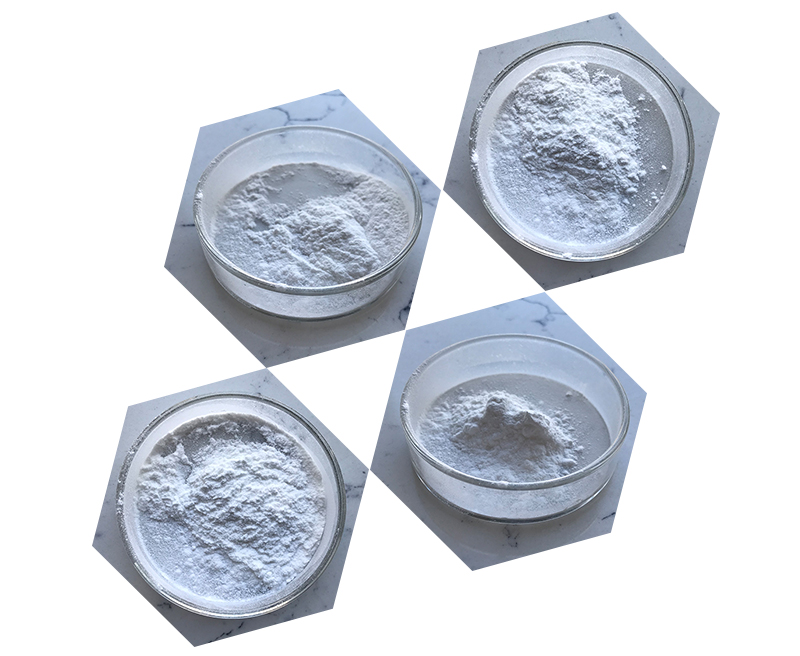DMSA (Dimercaptosuccinic acid) is a chelating agent primarily used to treat heavy metal poisoning, particularly lead and mercury poisoning. Its pharmacological actions are based on its ability to bind to metal ions and facilitate their excretion from the body.
Key Pharmacological Actions of DMSA:
- Chelation of Heavy Metals: DMSA binds to toxic heavy metals, such as lead, mercury, arsenic, and cadmium, by forming stable complexes. These complexes are water-soluble, which allows them to be excreted via the urine, thereby reducing the toxic burden in the body.
- Increased Renal Excretion: Once DMSA binds to metal ions, the resulting metal-DMSA complex is excreted in the urine. This helps reduce the levels of heavy metals in the bloodstream and tissues.
- Limited Blood-Brain Barrier Penetration: DMSA is effective in treating lead poisoning, particularly in children, because it has some ability to cross the blood-brain barrier and help remove lead from the central nervous system (CNS), although its ability to do so is less than that of other chelating agents like EDTA or DMPS.

- Antioxidant Activity: There is some evidence suggesting that DMSA may exert mild antioxidant effects. It may help mitigate oxidative stress induced by metal toxicity, although this effect is secondary to its chelation action.
- Minimal Toxicity: DMSA is generally well tolerated, with a low incidence of adverse effects. Common side effects include mild gastrointestinal symptoms, such as nausea or diarrhea. More serious adverse effects are rare but may include skin rash or allergic reactions.
Indications:
- Lead Poisoning: DMSA is commonly used to treat acute or chronic lead poisoning, especially in children.
- Mercury Poisoning: It can be used for mercury poisoning, although its effectiveness in cases involving mercury vapor (which tends to be more toxic) may be limited compared to other chelators like dimercaprol (BAL).
- Other Heavy Metals: DMSA is also effective in treating arsenic or cadmium poisoning, though these are less common indications.

Mechanism of Action:
DMSA acts by donating thiol (-SH) groups, which bind to metal ions. This interaction reduces the toxicity of these metals by rendering them more soluble and easier to excrete.
Would you like more detailed information on any specific aspect of DMSA’s action or clinical use?
